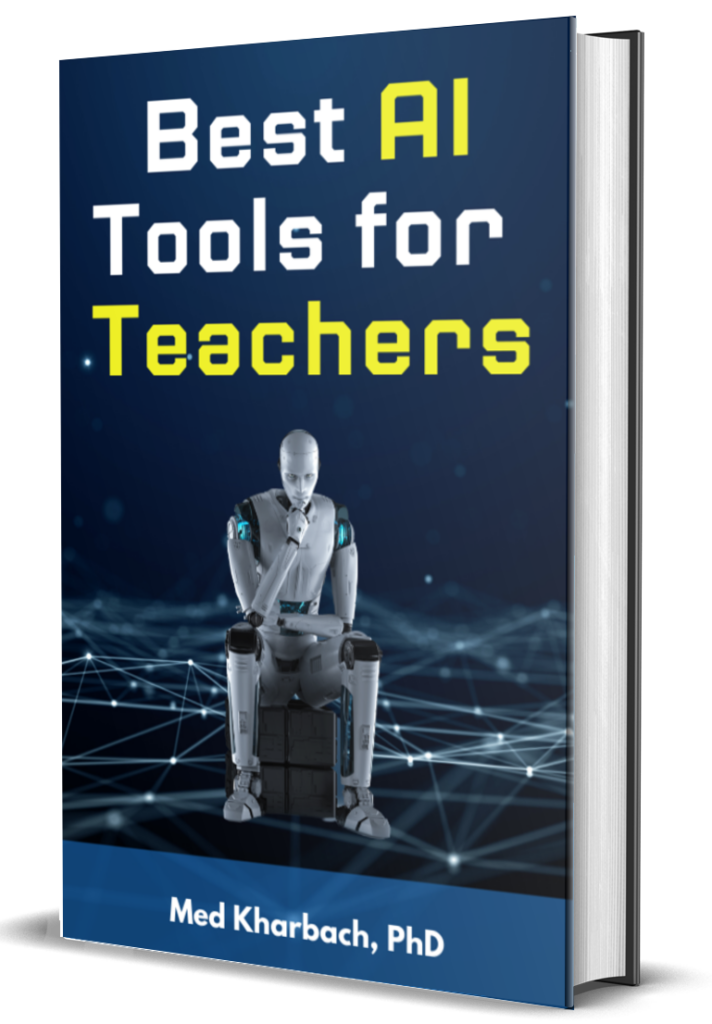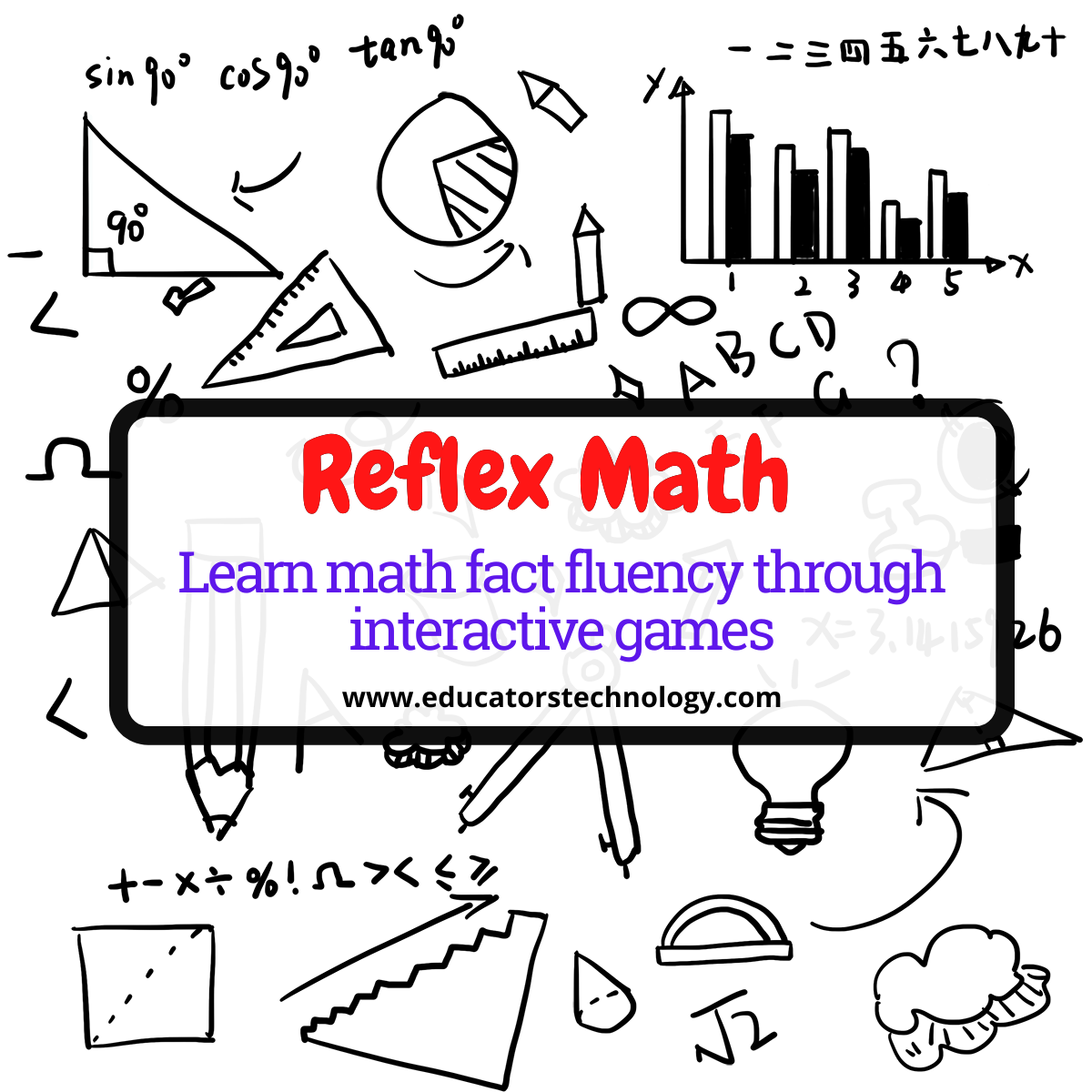Every educator leveraging technology in their instruction has likely pondered questions such as: Is technology always suitable for every instructional task? Does it enhance student learning? How do distracting features accompanying this technology impact learning?
The strengths and weaknesses of technology in education have been widely explored in numerous studies. Our approach to technology should celebrate its strengths and capitalize on the advantages it offers in education while diligently raising awareness of its drawbacks and minimizing their impact on learning.
One way to achieve this is by familiarizing educators with analytical frameworks that can guide them in assessing, selecting, and utilizing technology in their instruction. TPACK and the SAMR model are two popular frameworks in this context. While I have already discussed TPACK in a previous post, I will focus on the SAMR model today.
Developed by Dr. Ruben Puentedura in 2006, SAMR (Substitution, Augmentation, Modification, and Redefinition) is a four-level conceptual framework designed to help educators effectively use technology in their instruction.
SAMR offers a structure to support educators and instructional designers in creating optimal learning experiences with mobile devices in education (Rogers et al., 2014, p. 79).
The SAMR model also encourages teachers to progress from lower to higher levels of teaching with technology, which, according to Puentedura, leads to enhanced teaching and learning (Hamilton et al., 2016, p. 434). To better understand the SAMR concept, we have created an illustrative visual based on a variety of resources (see list at the bottom of this post).
Using digital technology to replace analog technology without any functional change.
Examples:
Replacing a physical classroom calendar with a digital one to keep track of assignments and events.
Digital technology is employed functionally to augment the learning task.
Examples:
Students use Google Docs features, such as search functionality, spell check, voice typing, and Explore, to write a paper.
Employing online quizzes that provide immediate feedback to students, helping them identify areas that need improvement.
Utilizing digital mind-mapping tools to help students brainstorm and organize ideas for a group project.
Students employ a digital portfolio tool to embed multimedia materials (e.g., text, images, videos, diagrams, charts) to showcase their learning.
Creating a class blog where students contribute posts, comment on each other s work, and collaborate on developing ideas.
Encouraging students to produce digital stories or podcasts to demonstrate their understanding of a topic, incorporating multimedia elements like images, audio, and video.
Technology is used in a transformative way to create new learning tasks that were previously impossible.
Students use Skype Classroom to connect with a class from another part of the world or to hold live discussions with an expert or language teacher.
Engaging students in a virtual reality (VR) simulation to explore historical sites or scientific phenomena, immersing them in the experience and deepening their understanding.
Facilitating a global collaborative project, where students from different countries work together to solve real-world problems, sharing perspectives and developing cross-cultural understanding.
The SAMR model encourages educators to thoughtfully incorporate technology into their teaching practices, fostering a seamless blend of traditional and digital learning experiences.
By guiding teachers through different levels of technology integration, the SAMR model aims to enhance both teaching and learning. As educators progress from lower levels (Substitution and Augmentation) to higher levels (Modification and Redefinition), they can create more innovative and engaging learning experiences for their students.
The SAMR model prompts educators to reflect on their current teaching practices and consider how technology can be used to improve student learning. This reflective process promotes ongoing growth and development, as teachers continuously refine their instruction to better meet the needs of their students.
By providing a shared language and framework, the SAMR model facilitates collaboration among educators. Teachers can discuss their experiences and share best practices, leading to collective improvement in technology integration and enhanced learning experiences for students.
The SAMR model can serve as a foundation for professional development, helping educators identify areas where they can develop their technological skills and knowledge. Engaging with the model and sharing experiences with colleagues allows teachers to learn from each other and continuously improve their technology integration practices.
The SAMR model acknowledges that not all students learn in the same way. By incorporating various technological tools and strategies, teachers can provide a diverse range of learning experiences that cater to different learning styles and individual needs.
The SAMR model enables educators to assess the effectiveness of technology integration in their instruction. By analyzing the impact of specific tools and strategies, teachers can make data-driven decisions and refine their practices to optimize student learning outcomes.
In essence, the purpose of the SAMR model is to guide educators in making purposeful choices about technology integration, ultimately leading to enhanced teaching and learning experiences. By providing a structured framework and promoting reflection, collaboration, and professional growth, the SAMR model empowers educators to transform the educational landscape through the thoughtful and effective use of technology.
The SAMR model offers a structured approach to selecting and implementing technology in the classroom. By examining each level of the model, teachers can better understand the potential impact of a particular technology on student learning and engagement. This helps teachers to make more informed decisions about which tools to use, and how to use them effectively.
Rather than simply adopting technology for its novelty, the SAMR model encourages teachers to consider the specific learning objectives they wish to achieve with each tool. This purposeful integration ensures that technology is used as a means to enhance the learning experience, rather than as a distraction or an end in itself.
As teachers become more familiar with the SAMR model, they can strive to move from lower levels of technology integration (Substitution and Augmentation) to higher levels (Modification and Redefinition). This progression helps to continuously improve teaching practices and create more innovative and engaging learning experiences.
The SAMR model can serve as a basis for professional development, helping teachers identify areas where they can further develop their technological skills and knowledge. By engaging with the model and sharing experiences with colleagues, teachers can learn from each other and collectively enhance their technology integration practices.
The SAMR model encourages teachers to reflect on their current teaching practices and consider how technology can be used to improve student learning. This reflective process promotes ongoing growth and development, as teachers continuously refine their instruction to better meet the needs of their students.
The SAMR model supports teachers in recognizing that not all students learn in the same way. By incorporating various technological tools and strategies, teachers can provide a more diverse range of learning experiences, catering to different learning styles and individual needs.
No, there are other frameworks, such as TPACK (Technological Pedagogical Content Knowledge), which also offer guidance for educators on how to effectively integrate technology in their instruction.
the SAMR model provides a valuable framework for educators to thoughtfully integrate technology into their teaching practices. By understanding and applying the different levels of the model, teachers can enhance their instruction and create more engaging and effective learning experiences for their students.
As technology continues to evolve, it is crucial for educators to stay informed and adapt their methods accordingly, ensuring that technology is used purposefully to support and enrich student learning. By embracing the SAMR model, teachers can make informed decisions about technology integration and truly transform the educational landscape.
Hamilton, R., Rosenberg, M. Akcaoglu, M. (2016).The Substitution augmentation modification redefinition(SAMR) model: A critical review and suggestions for its Use. Tech Trends, 60:433-441, DOI 10.1007/s11528-016-0091-y
Puentedura, R. (2006). Transformation, technology, and education [Blog post]. Retrieved from http://hippasus.com/resources/tte/
Romrell, D., Kidder, L. C., Wood, E. (2014). The SAMR Model as a Framework for Evaluating mLearning. Journal Of Asynchronous Learning Networks, 18(2), 79-93.
Davis, E. (2014). SAMR Made Easy with Google Apps. Google Apps Action. Retrieved from http://googleappsaction.com/?p=51
Dr. Med Kharbach is an influential voice in the global educational technology landscape, with an extensive background in educational studies and a decade-long experience as a K-12 teacher. Holding a Ph.D. from Mount Saint Vincent University in Halifax, Canada, he brings a unique perspective to the educational world by integrating his profound academic knowledge with his hands-on teaching experience. Dr. Kharbach’s academic pursuits encompass curriculum studies, discourse analysis, language learning/teaching, language and identity, emerging literacies, educational technology, and research methodologies. His work has been presented at numerous national and international conferences and published in various esteemed academic journals.
Primary Sidebar Join our mailing list
Join our mailing list
Never miss an EdTech beat! Subscribe now for exclusive insights and resources.
Reade Favorites What Is Classroomscreen and How to Use It with Students in Class?
Footer


 Meet Med Kharbach, PhD
Meet Med Kharbach, PhD

